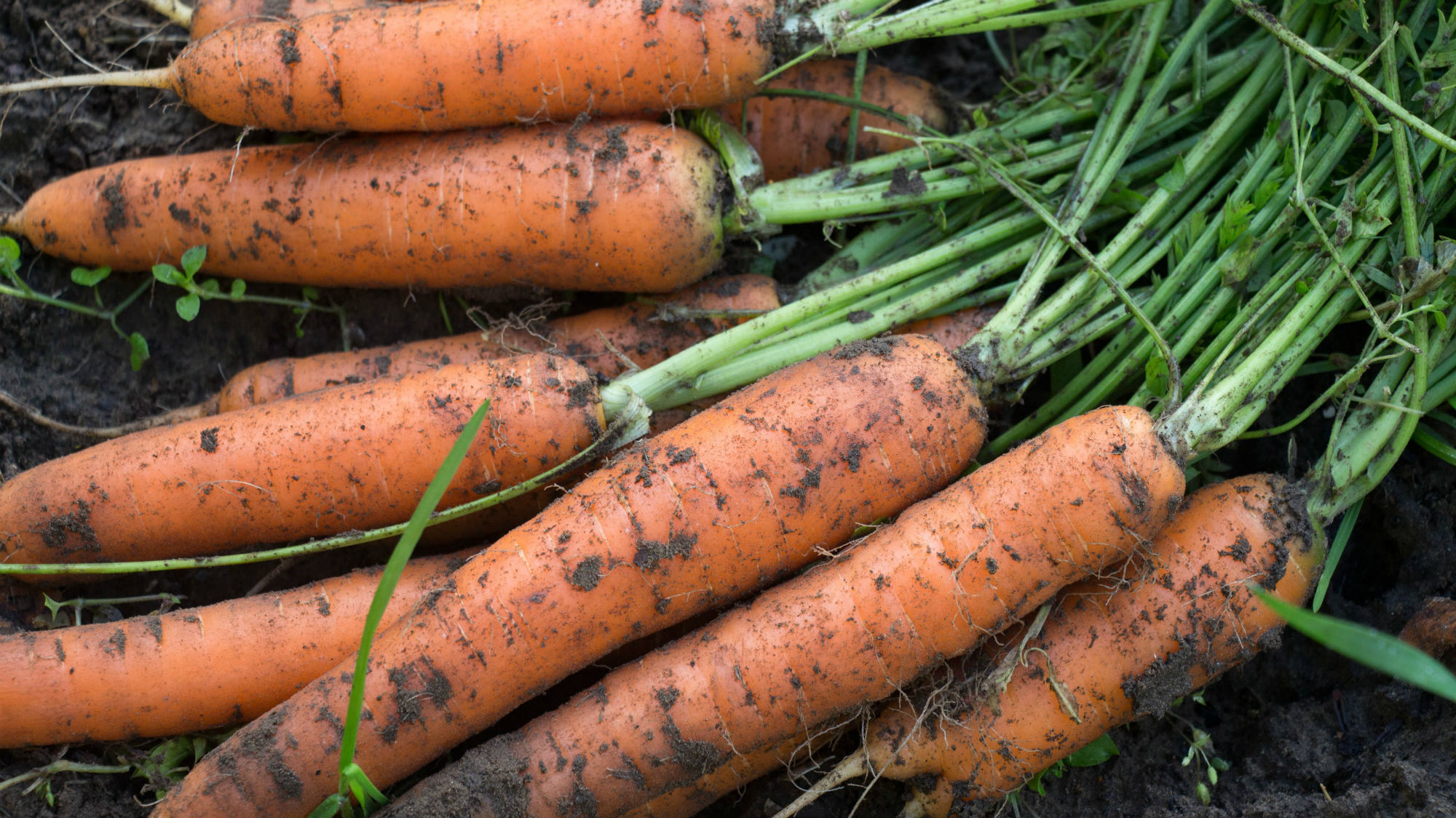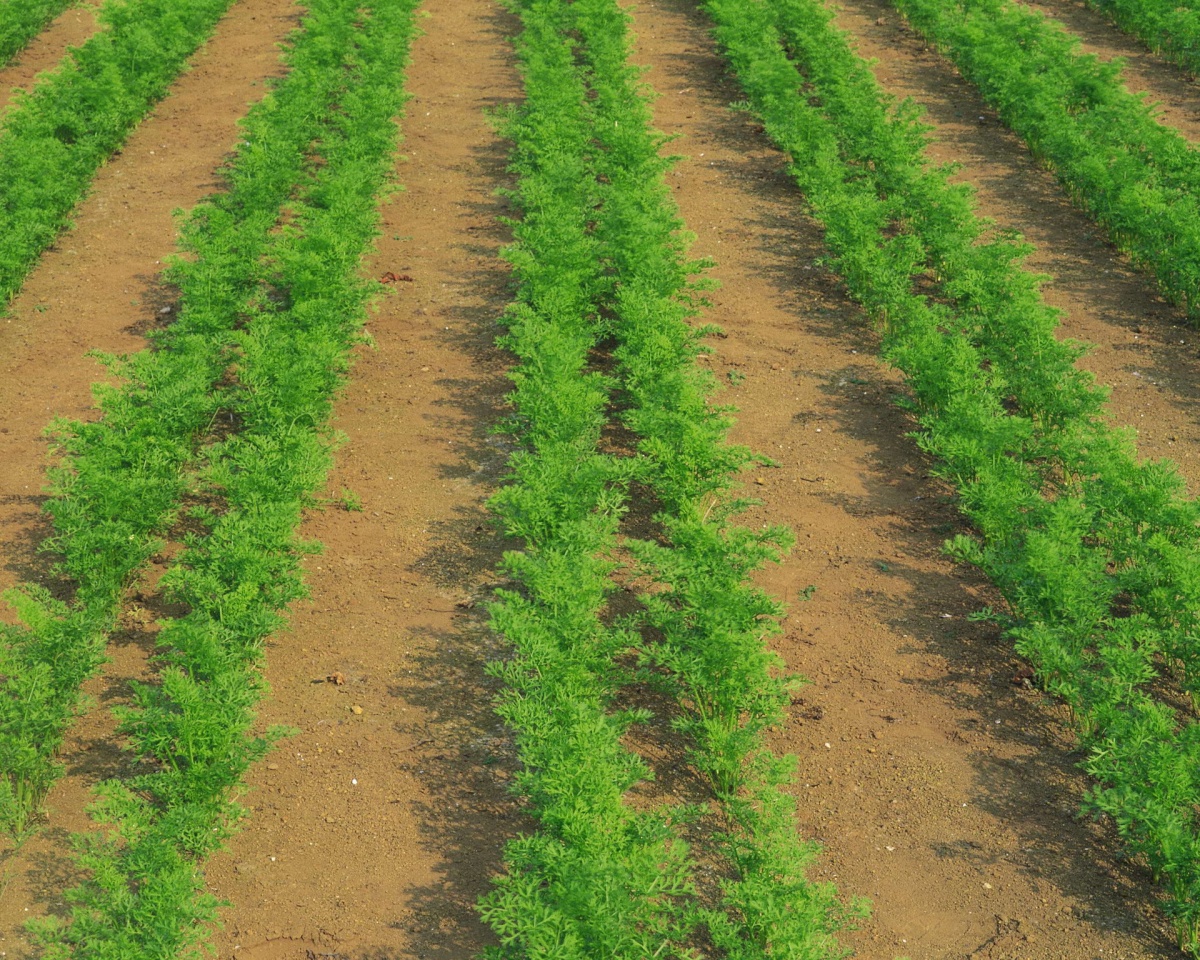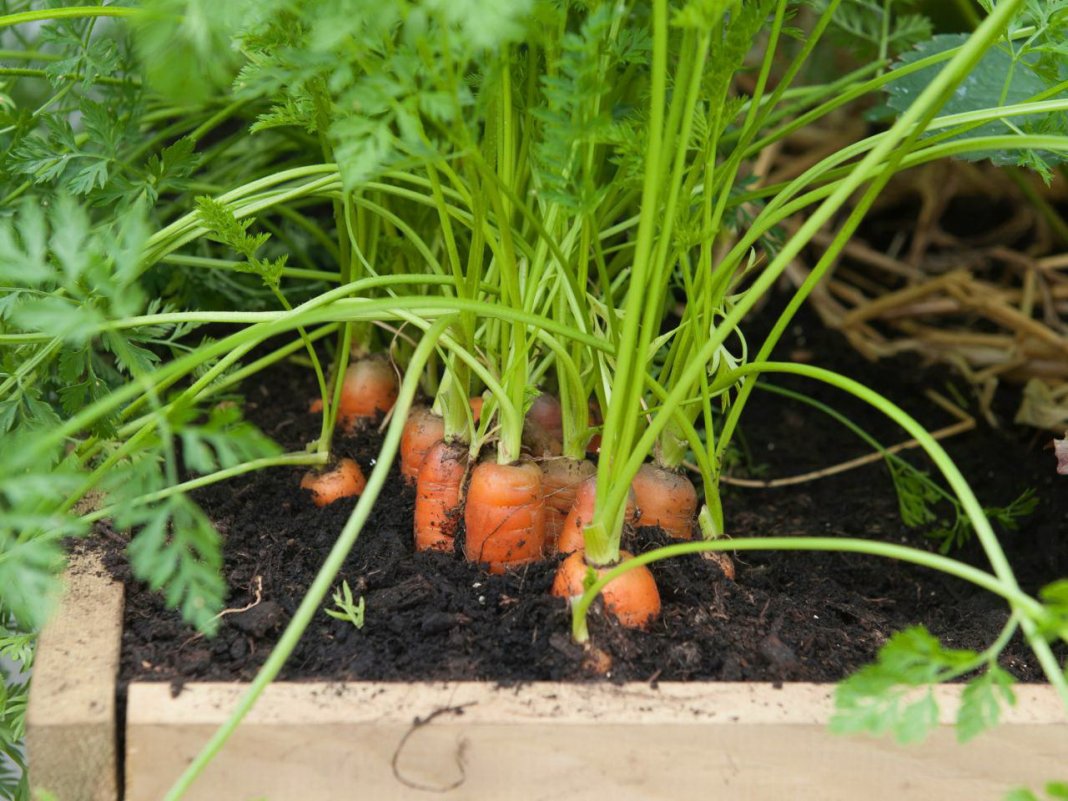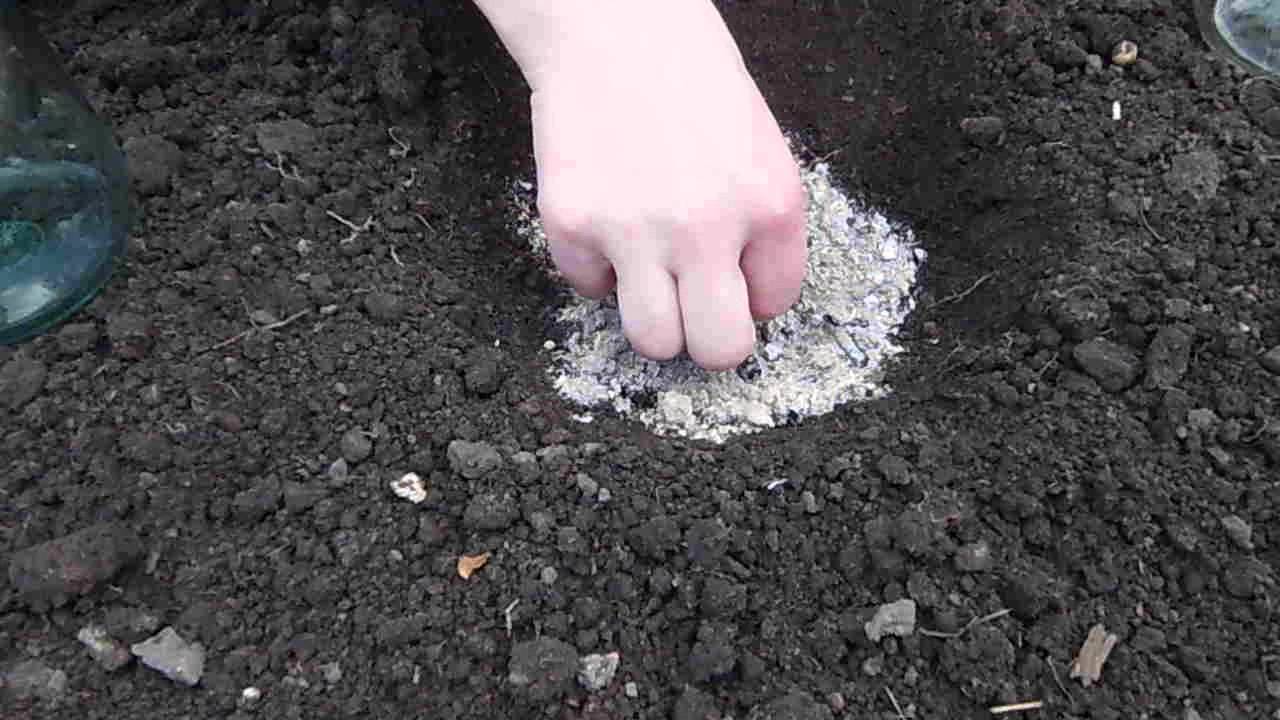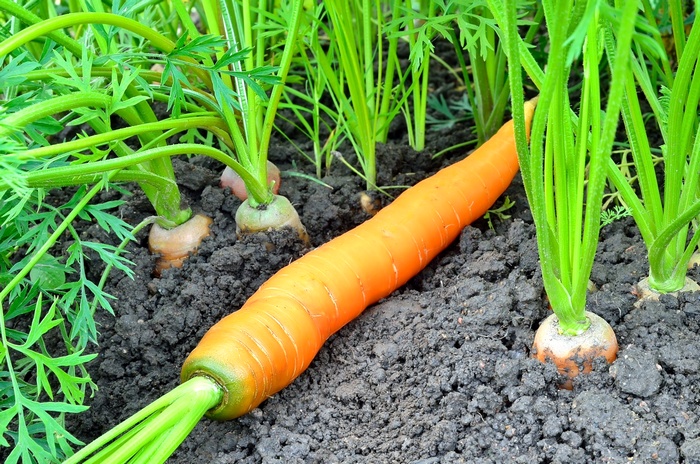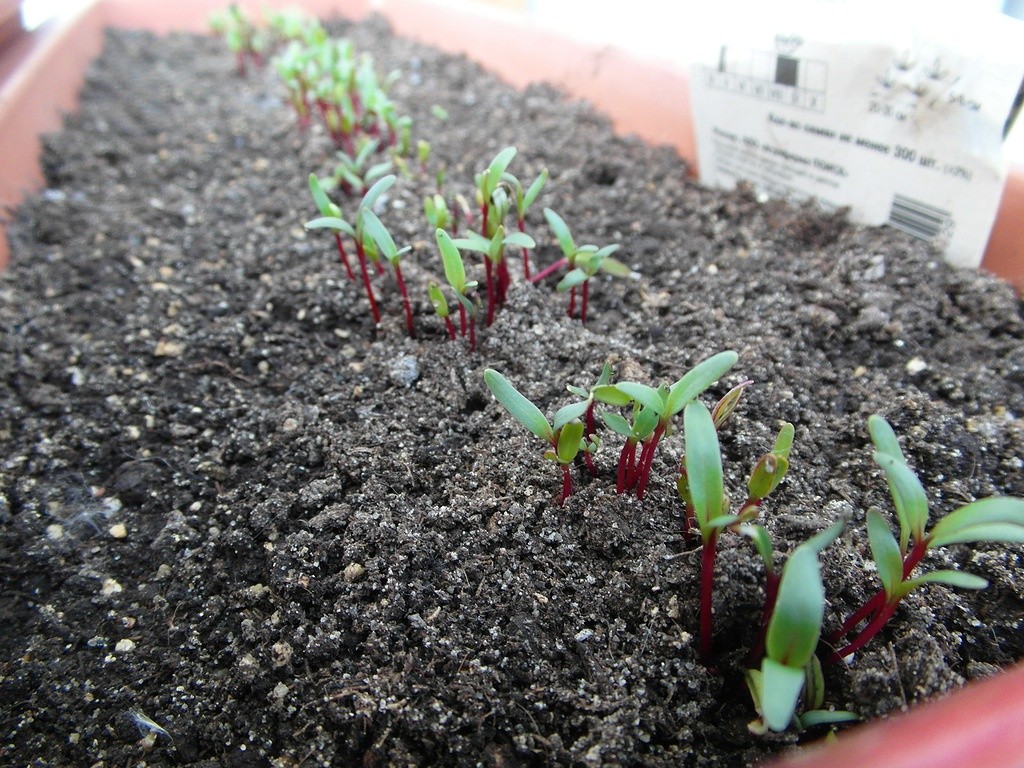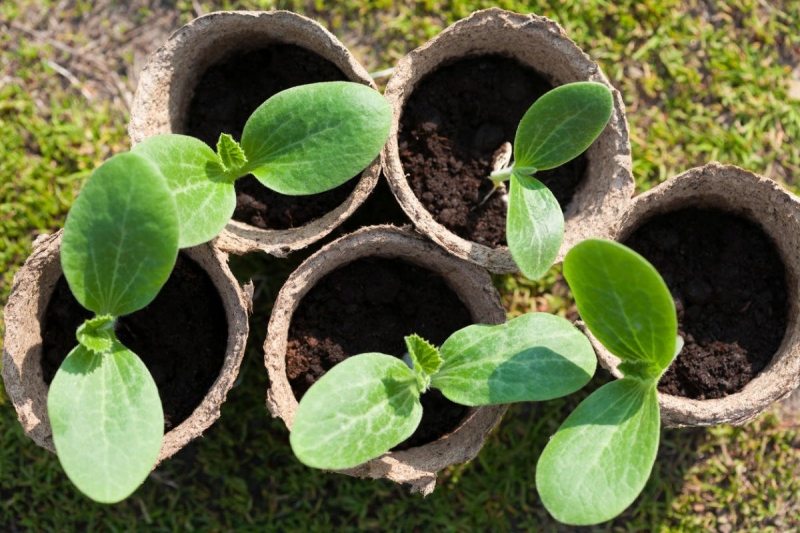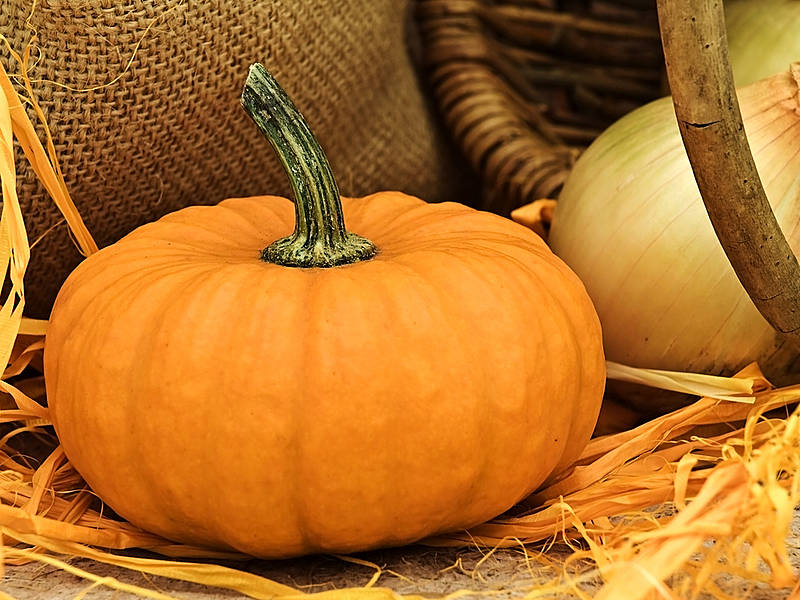Content:
Carrots are a tasty and healthy root vegetable; they are cultivated in Russia. A rich harvest can be obtained without much effort. Consider when to plant carrots in the open ground in spring, which variety to choose, soil requirements, seed treatment, how to grow a plant, care rules.
The time of planting carrots in the garden
Sowing carrot seeds in open ground is carried out in the spring. If you plan to plant carrot seedlings in the garden, then there is a risk of damaging the roots during transplantation and getting uneven root crops.
The sowing time depends on the selected carrot variety:
- Early (Parisian carotel 443);
- Mid-season (Samson, Shantane, Vitamin);
- Late (Valeria, Forto, Moscow winter, Vita Longa).
For seeds to germinate, the air temperature should be 4-6 degrees. The seeds are not afraid of frost, they can withstand temperatures up to -4 degrees. You can start planting seeds in the garden as soon as the temperature is above zero.
Recommended time for sowing carrots on the site:
- A mid-season and late vegetable variety is planted from the third decade of April or early May;
- If the soil is light, then you can sow seeds in the second half of May, the harvest will ripen on time;
- For the southern regions, the optimal planting time is early April, if in the northern region, it is better to plant after May 20 or in early June.
For the northern regions, it is better to select early and mid-season carrot varieties. When planting seeds in open ground, you need to focus not only on the calendar, but also on the weather conditions in the region.
Site preparation for planting
A correctly chosen plot for a carrot garden is the key to a good harvest.
Tips for choosing a site:
- The surface must be flat, without slopes;
- Loose, light soil with a neutral acidity level is best suited for planting seeds. In solid ground, roots grow small and crooked;
- The site must be selected illuminated. If the bed is on the shady side, or the light is blocked by trees growing nearby, this will negatively affect the development of carrots;
- Good precursors for carrots are: cucumbers, tomatoes, cabbage, squash, potatoes, onions, garlic;
- It is not recommended to plant carrot seeds if: parsnips, caraway seeds, beans, parsley, dill, fennel, carrots grew in the garden.
Before planting, the soil is prepared in advance. Preparation begins in the fall. The selected area is well dug to a depth of 30-35 cm. It is necessary to remove the remnants of weeds, unnecessary roots. The land is fertilized with rotted manure, humus, compost.
You can use top dressing:
- Potash fertilizer;
- Superphosphate;
- Nitrogen fertilizer.
In the spring, the site is loosened with a rake.
Seed planting rules
Agrotechnical measures for growing carrots occur in several stages:
- Site selection and preparation;
- Seed treatment;
- Planting carrots by seeds in open ground;
- Plant care;
- Harvesting.
They are not time consuming, even a gardener growing carrots for the first time can handle them. Seeds are processed in several ways before planting.
Seed treatment options:
- Soaking in ash solution. The water mixed with the ash will help nourish the seeds. To prepare the solution, add 10 g of ash to 1 liter of water, mix thoroughly. Soak the seeds in the solution, then rinse them in clean water, wrap them in a cotton cloth, put them in the refrigerator for two days;
- Soak the seeds in water. The optimum water temperature for soaking is 30 degrees. Submerge the seeds in water, leave for 24 hours. It is advisable to change the water every 4-5 hours. Then put the seeds on a cloth and refrigerate for a day. It is better to choose a fabric that is plain and light;
- Hardening. To harden the seeds, they are placed in a small sack made of cotton cloth and buried in open ground to a depth of 20 cm for 10 days;
In order for the planted seeds to grow quickly and completely, it is necessary to follow the sowing technology.
Recommended distance:
- Between rows - 10 cm or more;
- The depth of immersion of seeds is no more than 3 cm.
Carrot seed planting and outdoor care tips, step by step instructions:
- Loosen the soil well before planting;
- With the help of gardening tools, shallow grooves must be formed;
- Pour hot water over each row from a watering can;
- Powder the rows with ash, this protects root crops from diseases and pests;
- Plant carrots. Seeds must be distributed as evenly as possible;
- Fill the grooves with earth, tamp the soil a little with your hands;
- To make the seedlings hatch faster, the bed is covered with plastic wrap or agrofibre;
- Immediately after the seedlings emerge, the covering material is removed. This is done to prevent the emergence and development of pathogenic microorganisms that can negatively affect the root crop. Carrots that begin to hurt will not yield a crop, so diseased plants are immediately removed to avoid the spread of the disease.
Alternative options
In addition to the classic method of planting seeds in open ground, there are other methods that are no less effective.
Most popular methods:
- Landing on tape. In special stores, ready-made ribbons with seeds for planting are sold. To make the tape yourself, you need to take toilet paper of the right size, moisten it with starch paste and lay out the seeds at a distance of 3 cm. The strips are placed in the garden bed. The distance between them should be 10-15 cm. Sprinkle each tape with a small layer of earth.
This planting scheme allows you to avoid uneven seedlings and thinning. Carrots grow at an optimal distance from each other.
- Disembarkation according to the method of Galina Kizima. The essence of the landing is that there is no need to draw up a garden bed, make rows. After the seedlings emerge, the thinning of the beds is not required. Landing is carried out in the following way. A little fertilizer and 30 g of seeds are poured into a bucket of sand. Fertilizer and sand must be dry. The contents must be mixed well, made a bed. Sift sand with seeds over the entire area of the garden, sprinkle with earth, pour a little warm water;
- Sowing in cardboard boxes. Egg boxes made from degradable material are suitable for this. To do this, you need to prepare cardboard trays. The lower part of each cell is cut off, it is important for the root crop to develop normally in the future. Put the boxes on pallets, pour some earth on the bottom of each compartment. 1-2 seeds are placed in the compartments, sprinkled with earth. After the box is transferred to a prepared place. Everyone is watered from a watering can and carefully tamped the earth;
- Seeds in granules. Dragee seeds with a shell of trace elements and hydrogel are sold. When the seed starts to germinate, the granule is destroyed. These seeds are convenient to plant, they are bright and rather large, so they can be evenly distributed in the groove without effort. Planting of granules does not require thinning of seedlings.
The methods have proven to be simple in terms of planting and fruitful.
Carrot care after planting
The further care of the vegetable crop will depend on the planting method.If the seeds were planted on a belt or in cells, then thinning is not required.
Carrots planting and care outdoors in spring, basic rules:
- Watering. The soil should be well moistened, but the water should not stagnate. Proper moderate watering will allow the root crop to develop normally. Immediately after planting, the bed is watered at a rate of 3 liters of water per 1 m. Water as needed. After the formation of a lush ground part, 20 liters of water are consumed per 1 m. 1.5-2 months before the start of the collection of carrots, watering is reduced to 10 liters every 2 weeks. Do not water for 2 weeks before harvesting. It is important to take the weather conditions into account. During the rainy season, watering is canceled, and on dry days, on the contrary, the soil is moistened more often;
- Weed removal, loosening. The weed grasses the nutrients necessary for root crops from the soil, so it is important to harvest it in a timely manner. Loosening is done during weeding, which is a good and safe way to aerate the soil. Additionally, you can use a suitable garden tool for the procedure. Loosen carefully, around the sprouts, to a depth of 5 cm;
- Thinning. After the seedlings emerge, places are noticeable where the seeds are planted densely. The recommended time for the procedure is 2 and 3 weeks after germination. Extra shoots are removed. If you do not thin out, then densely planted seeds will not give a good harvest, the root crop will not be able to grow normally;
- Pest control. The most dangerous pest is considered a carrot fly. To save the crop from the pest, insecticides and folk remedies are used. Most gardeners prefer folk methods, since they do not affect the quality of the crop, the roots remain environmentally friendly after processing.
Effective remedies:
- Mulching the beds with straw or mown grass;
- Powder the soil with tobacco dust;
- Spraying hot peppers on the area where the carrots are growing.
Even novice gardeners can plant carrots in open ground. Agrotechnical measures are simple and do not require much effort and skills. In order to grow beautiful, tasty and healthy orange roots on your own, it is enough to study a few rules for planting seeds, choose the desired variety and perform the required manipulations to care for the plant.
